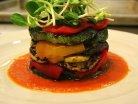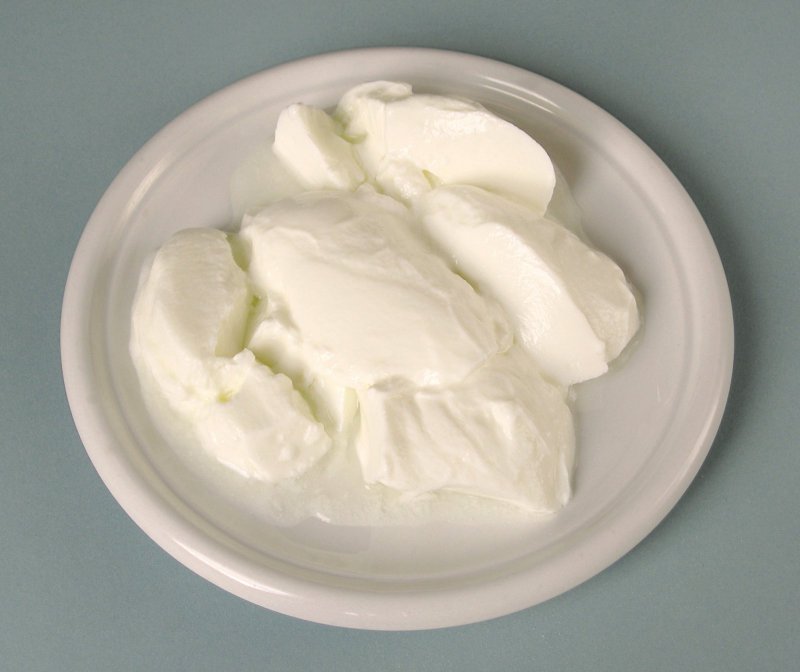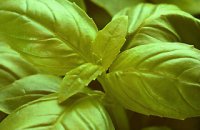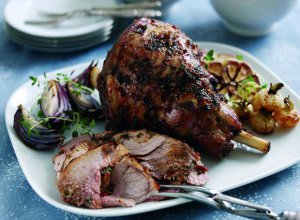With craft, care and love, from generation to generation...
In traditional dairy farms throughout the Greek countryside, yoghurt making is a sweet venture. The contemporary dairy farmers follow, with great respect, a procedure they learned from their fathers and grandfathers. This is the same procedure which they, in turn, will hand down to their children and grandchildren.
Such secrets, rules, and tender hints, combined with new technology, come together to create arguably the tastiest, most delicious yoghurt on earth: Greek traditional yogurt.
The method of its making
Greek traditional yogurt comes in two types: It is made either from fresh cow’s milk or from sheep’s milk. During a visit to a small dairy farm in Karditsa, I learned that, at dawn, the milk is first gathered and then strained. It is boiled in large vats at 85 - 90 degrees C. Next, it is left to cool to a temperature of 50 - 45 degrees C. Finally, the warm milk is poured into pots and placed within a "coagulator," or a small, cupboard-like space containing row after row of such pots.
As soon as the characteristic "skin," a substance rich in fat and albumin, begins to form across the surface of the milk, the farmers adds yoghurt culture to the mixture using a small spoon or stopper. The culture is merely a bit of yesterday’s yoghurt dissolved in a little milk or water. Every 65 kilos of yoghurt needs approximately 300 grams of yogurt culture dissolved in a litre of milk. The plastic or clay pots stay well-sealed in the coagulator for about 2½ hours at a temperature of 45 degrees C. Within this modern age, such constancy in temperature is achieved by heating systems. At this stage, as the condensation occurs, the skin becomes thicker and denser until it starts to wrinkle. Once this happens, the cupboards are opened and aired. The yoghurt is left standing until it cools to room temperature, which usually takes about two hours.
Finally, the pots are placed in refrigerators and left to cool for up to four hours. Thoroughly chilled, and finally in its thick, rich form, the yoghurt is now ready for consumption.
Secrets of the Trade
- Traditional yoghurt should be consumed within ten days of its production. You will find it commercially in plastic containers, which weigh between 304 and 320 grams. But you can also find it in clay pots, which weigh between 600 and 640 grams.
- Traditional yoghurt, made from sheep’s milk has a fat content of 7%, whereas cow’s milk yogurt has a 4% fat content.
- The taste of yoghurt is subject to the seasons and the climate. In winter, milk is richer in fat than it is in the summer. And so accordingly, yoghurt made in winter will be richer in taste and texture.
- The clay pots drain the liquid from the yoghurt, firming it to its usual consistency.
- Yoghurt made from cow’s milk must remain in the coagulator half an hour longer than yoghurt made from sheep’s milk.
- Strained yoghurt, used for the famous "tzatziki" (yogurt-cucumber dip) dish, is made in the following way: Once the yoghurt sets, it is stirred and placed in cheesecloth and left for three to four hours, thus draining it of excess water. It is then sold loose and by weight.
- In the villages of Roumeli, yoghurt sets excellently in traditional, wooden containers called "vidouria."


































































